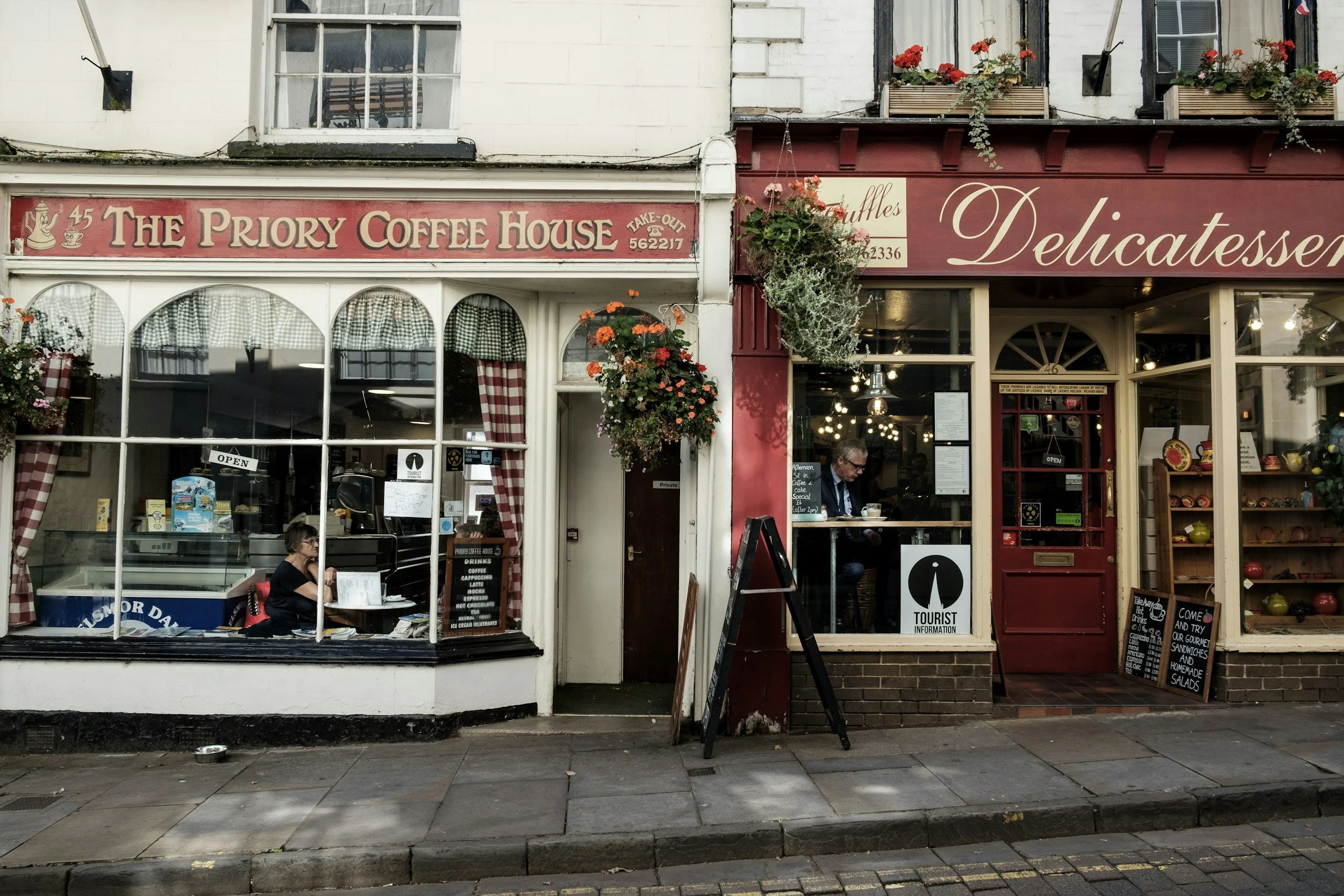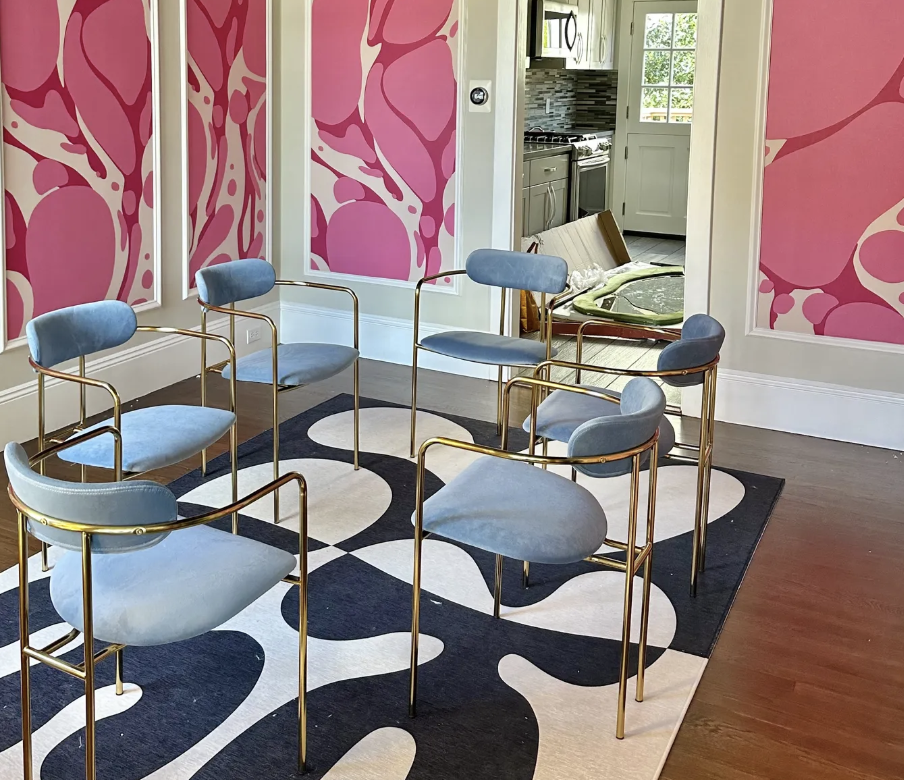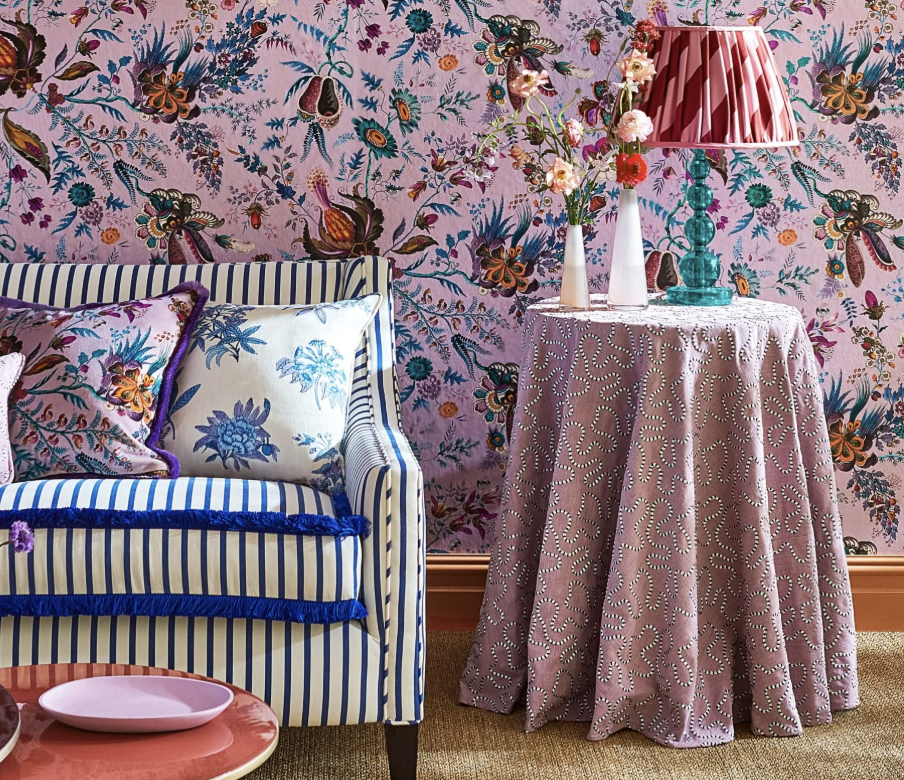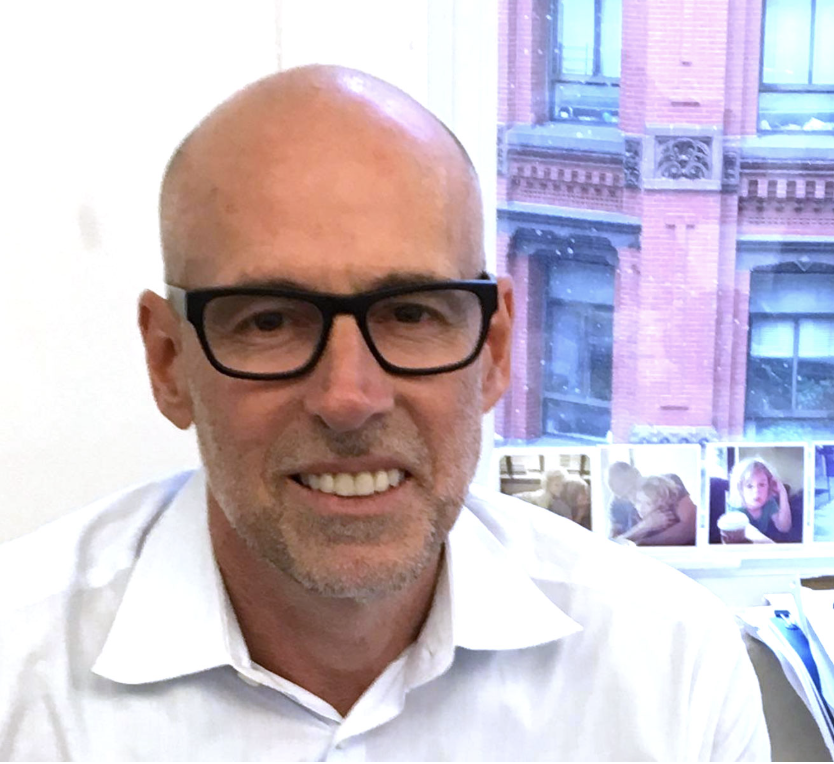First Impressions Happen Online
In today’s Studio City market, most buyers decide whether they’re interested in a home before they ever step foot inside. That first impression happens online — through listing photos, 3D tours, and short-form video.
Professional staging ensures your home photographs beautifully, flows naturally, and feels move-in ready from the first image. It transforms a static MLS listing into a visual story. When every scroll brings another “maybe,” staging makes yours the one that feels like a yes.
The Psychology Behind the Perfect Setup
Staging is about more than pretty furniture. It’s a design strategy rooted in buyer psychology — understanding how people move through a space and what makes them feel at home.
When done right, staging draws attention to natural light, ceiling height, and the kind of flow that Studio City buyers love. It highlights the lifestyle behind the architecture — the quiet coffee moment by the window, the dinner with friends that spills onto the patio, the perfect afternoon light in the living room.
That’s why staging matters: it helps buyers feel something real before they’ve even made an offer.
The Studio City Buyer Mindset
Studio City’s buyer pool is diverse, but one thing unites them: design awareness. Many are entertainment professionals, young families, or creative entrepreneurs who appreciate the aesthetic as much as the address.
→ Link A Perfect Sunday in Studio City
They’re drawn to architectural detail — the post-and-beam lines of Fryman Estates, the warmth of mid-century ranches in Colfax Meadows, or the clean modernism tucked into the hills above Ventura Boulevard.
When a home is staged thoughtfully, it meets these buyers where they are. It feels familiar but aspirational — a place they can picture themselves thriving.
Designing for the Studio City Lifestyle
Great staging in Studio City mirrors the neighborhood itself: elevated but relaxed, sophisticated but never overdone. Think California-casual layers — linen, oak, clay, soft light, a few sculptural forms.
It’s not about making a home look like a showroom. It’s about curating moments that feel lived in but intentional. A throw over a chair, a book left open, a vase with simple greenery — these touches make rooms feel warm, not staged.
That balance of polish and ease defines the Studio City aesthetic and the lifestyle buyers are willing to pay more for.
Why Empty Homes Fall Flat
Even the most beautiful architecture feels smaller and colder when a home is empty. Without furniture to provide scale or a sense of purpose, buyers struggle to imagine how their life might fit into the space.
Staging reintroduces warmth and proportion. It helps define how spaces relate to one another and allows buyers to see a clear vision of function — where to gather, relax, work, or host.
When buyers have to work to visualize potential, they hesitate. When a space already feels like home, they act.
The ROI of Great Presentation
According to the National Association of Realtors, staged homes sell faster and for more money — often 5–10% above un-staged competition. In a neighborhood like Studio City, where the median home price sits above $2 million, that percentage translates into a serious return.
But beyond numbers, there’s a qualitative effect. A staged home signals care, quality, and value. It tells buyers, “This property is special.” It shifts perception before the first showing ever happens.
Your listing becomes the one they compare everything else to — and that’s exactly where you want to be.
Staging as a Marketing Strategy
Every successful sale begins with a narrative. Staging is the visual language that supports it. It’s how we tell the story of a home — and Studio City homes tell incredible stories.
A mid-century on Wrightwood might stage with vintage accents that honor its architecture. A contemporary home in the hills might lean minimalist and light-filled. A classic ranch in Colfax Meadows might get a warm, layered look that appeals to families.
Each choice builds toward the same goal: to make the buyer feel at home before they ever unlock the door.
Smart Staging Priorities
If you’re considering selling, focus on the spaces that carry the most visual and emotional weight:
Living room: Define flow and create connection to outdoor space.
Dining area: Set a welcoming tone with scale-appropriate furniture and soft lighting.
Kitchen: Keep surfaces clear and emphasize counter space and light.
Primary suite: Evoke calm; this is where buyers imagine the day starting and ending.
Entryway: It’s the first in-person impression — make it matter.
Smaller updates like neutral paint, fresh linens, or updated lighting can have an outsized impact. In Studio City, that polished but natural look always wins.
We Are Running Small Businesses
Professional, fully engaged, ethical, honest real estate agents aren’t just doing a job — we are running small businesses. Staging is one of the most valuable business decisions a seller can make before going to market.
It aligns presentation with intention. It creates confidence — not only for buyers but for appraisers, agents, and even the seller themselves. When your home looks its best, everything else follows.
The Human Side of Selling
Technology has changed how homes are found, but not why people buy them. Real estate decisions are still emotional. They’re about new chapters, big dreams, and small details that make life feel right.
Staging helps connect those dots — translating architecture into emotion. And in Studio City, where design and lifestyle blend seamlessly, that connection drives value more than any algorithm ever could.
The Bottom Line
Staging isn’t about perfection; it’s about possibility. It’s the bridge between a property and a buyer’s imagination — and in a market as competitive and design-conscious as Studio City, it’s essential.
When done right, staging turns curiosity into connection, and connection into offers. That’s why it matters.
If you’re starting to think about selling but not quite ready to list, here’s a guide that helps you know when the timing is right for your Studio City home.
If you’re preparing to sell your Studio City home, let’s talk about how strategic staging and design-driven marketing can help your property stand out — and sell for more.























